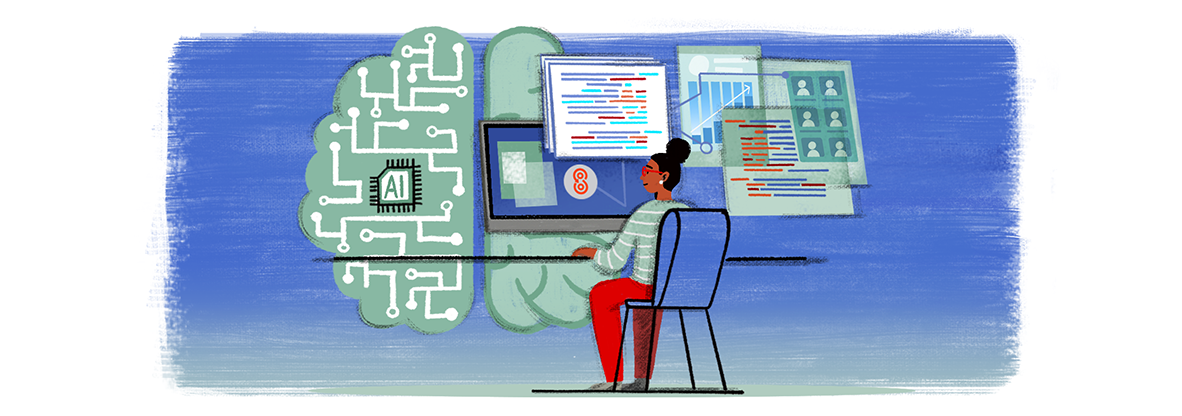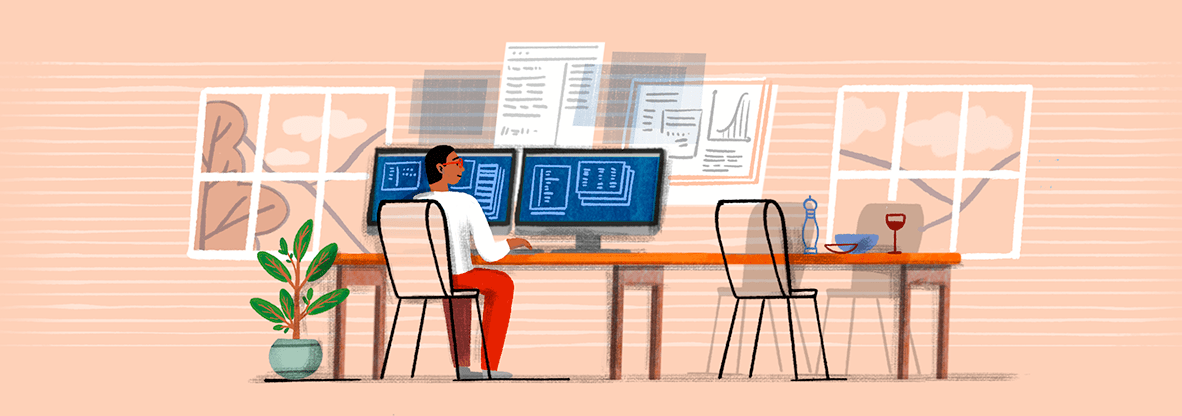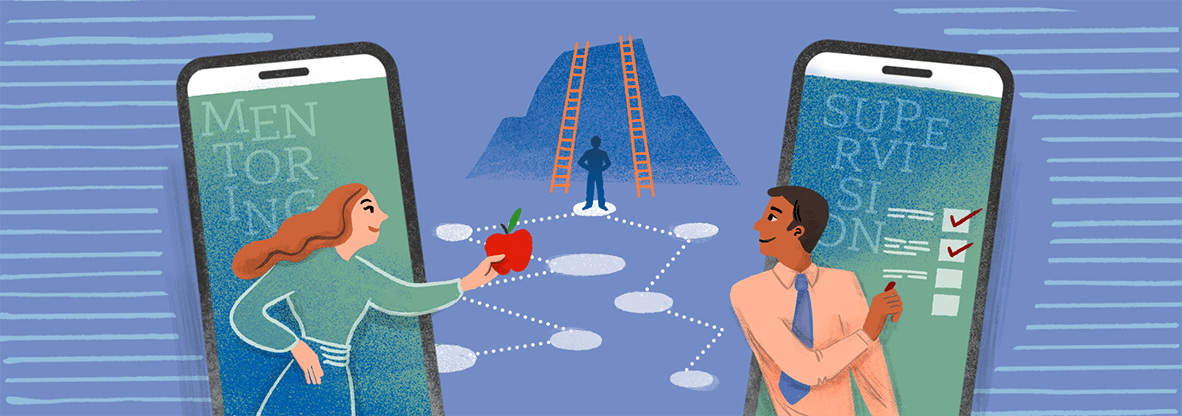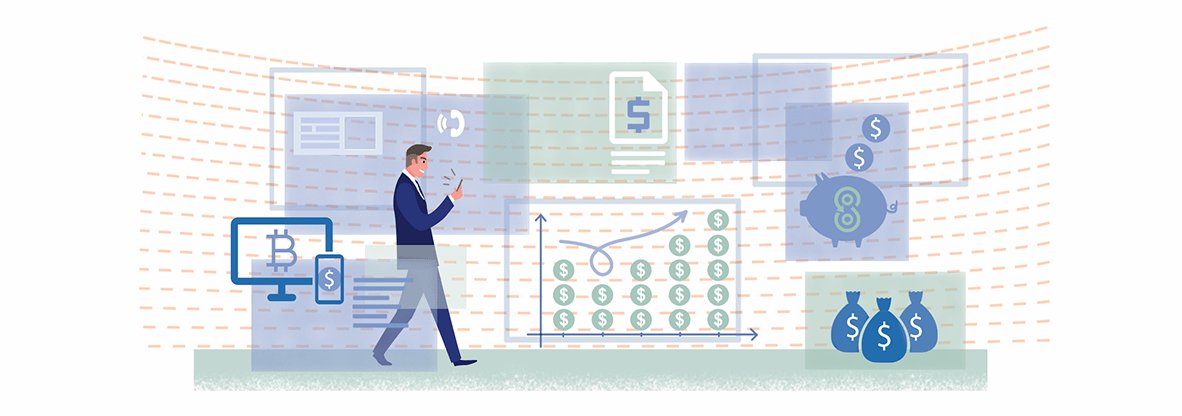Becoming a UX Designer Without a Degree is Easier Than You Think

In the last decade, UX design has rapidly become one of the most popular career paths for young professionals. At the same time, the steps to becoming a UX designer aren’t always clear.
Do you need a degree to become a UX designer? If so, in what subject? Do UX designers need to know programming? Do you need to have skills in graphic design and digital art?
In this article we’ll untangle what it means to be a UX designer, how you become one, and why it may be easier than you think.
Understanding UX
The term UX (user experience) is a fairly modern one and reflects a broader change in software design that came about over the course of the 2010s. In order to understand UX, it’s important to understand a little bit about the history of modern software design and how we got where we are today.
If you go back twenty years or so, most software looked very different. Even in the slick days of Windows XP, many software applications were a mess of indistinct grey buttons and arcane lists of menus within menus. If you wanted to use a piece of software you often had to read up on how it worked. Put simply, things just weren’t as intuitive as they are today.
And then came smart phones. First announced in 2007, the iPhone – along with the many competitors that released soon afterwards – heralded a change in the way we thought about software.
Phone applications, unlike PC apps, have to be intuitive. There simply isn’t the screen real estate to present the user with every possible option all at once. Instead, the user needs to feel like their experience is being guided. Layout and structure need to be presented in a way that makes your phone easy to navigate.
And with this constraint came innovation in the way we think about software. Being forced to create software that felt more intuitive led designers to learn new principles and to set new standards. These standards found their way back into PC applications as it became more and more apparent that an intuitive user experience made people far more likely to adopt your application over competitors.
Eventually UX became its own job titled – although often it is still bundled with UI. Nonetheless, software companies now recognise the crucial competitive edge they gain by having someone whose entire job is focused on the user and not on the underlying functionality.
Does UX Design Require a Degree?
No. While you certainly can get a degree in UX/UI, it’s far from a required step on the path to becoming a UX designer.
UX design is still a fairly young discipline and many companies take different approaches to hiring their UX designers. Some look for people with specific training in that discipline. Others migrate people over from their technical team. After all, it can be valuable to have a UX designer with a solid understanding of how the app they’re working on functions under the hood but it is not a necessity by any means.
Do UX Designers Need to Know Programming?
Some UX designers interact with code but it’s not a core part of the job. Most UX designers don’t spend their days programming the front end of an application. They use dedicated design tools and work with the development team to create the final result.
That said, as a UX designer it can be helpful to know the basics of HTML and CSS. On the other hand, you’re very unlikely to need object oriented programming languages like C#, Ruby, or Python. If those terms mean nothing to you, then it’s worth at least understanding the difference.
Put simply for our purposes, object oriented programming (OOP) is about building the logic of a system—it’s the core functionality on which your app will work. By contrast, HTML and CSS are used for styling and layout. You’re not having to define how one action impacts another action. You’re just stating that a button is green or that it has a beveled edge or a drop shadow.
As a rule, HTML and CSS are considered easier to learn than object oriented programming. Even if you’re not using them, your application almost certainly will so you’ll want to have a basic understanding of what they are and what they do.
Finding Your First UX Role
While you don’t need a degree to get into UX, it does help. Without one, you’ll need a really solid portfolio proving that you have experience and can do the job. If you’re looking to get into UX without a degree, then we recommend finding a small project you can work on that proves you have the skills.
If you don’t want to learn to program, then why not team up with a programmer and build something together? You can handle the UX, they can handle the functionality, and together you can use it to kickstart your careers!


